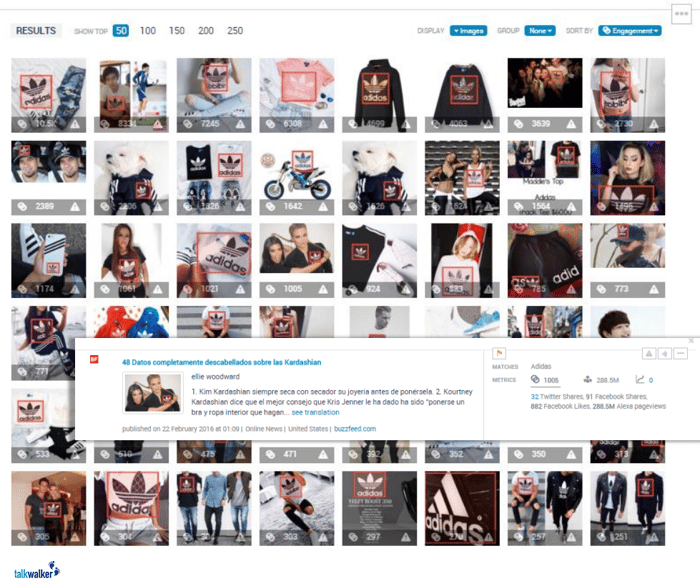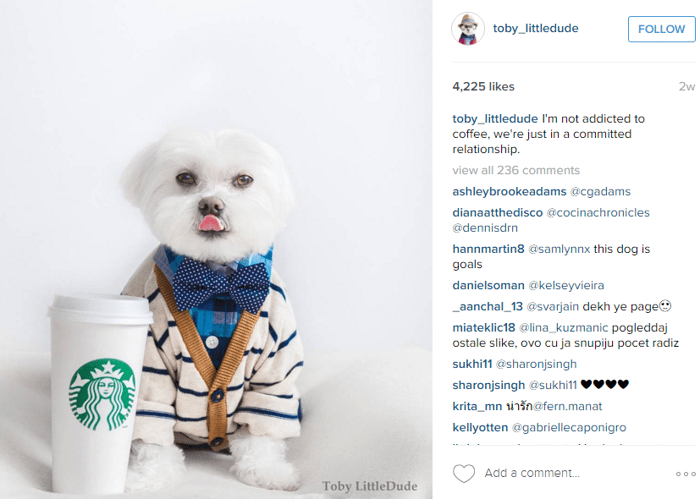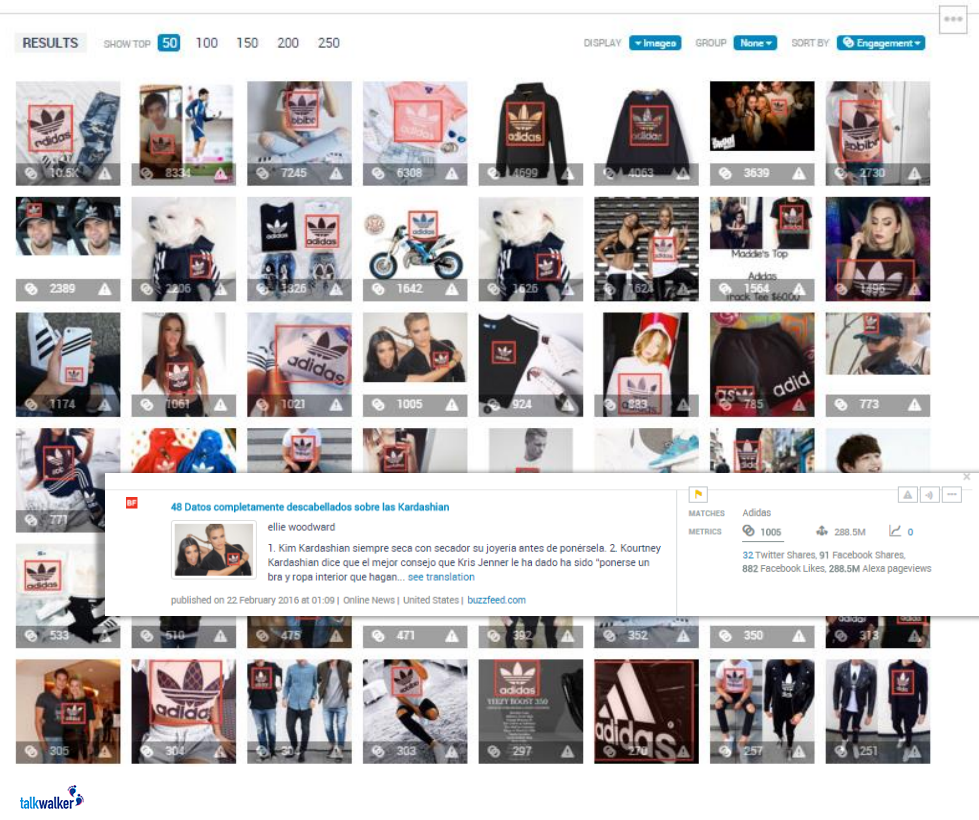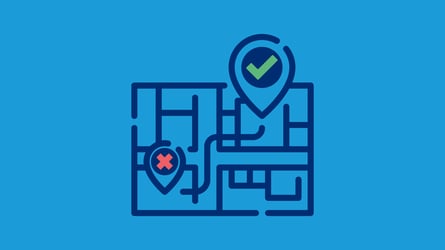The following is a guest blog by Forbes Top 50 Social Media Influencer and founder of Maximize Your Social Neal Schaffer. Follow him on Twitter: @NealSchaffer.
Is your organization still living in the social media past? We all know how social listening and social media analytics is important not just for reputation management but more importantly for business intelligence, but most social listening platforms are only providing you data based on a smaller and smaller proportion of social media conversations. Here’s why.
The Emergence of Visual Social Listening
Most listening platforms emerged from the early days of social media where an overwhelming majority of the conversations were on Facebook, LinkedIn, and Twitter. Back then, conversations were primarily text-based and thus social listening was comprised of the text analysis of public conversations.
The last few years has seen the emergence of Visual Social Listening. Visual Social Listening actually means more than just the emergence of visual-oriented social networks such as Instagram, Snapchat, and Pinterest. It also means that we are sharing more and more images on the traditional social networks of Facebook, Twitter, and LinkedIn. Sharing Instagram photos to Facebook and Twitter and saving Snapchat snaps and posting them on other social networks is becoming more and more popular. In fact, there are 255 million images a day being uploaded to Instagram and Twitter alone.

Image recognition in action. See the visual story of your brand.
The Big Three
Early social listening platforms focused on the “Big Three” of Facebook, Twitter, and LinkedIn because they were the largest social networks at the time. Not anymore. Instagram has become the second largest social network in terms of monthly active users, and together with Pinterest and Snapchat, 3 of the top 7 social networks are primarily visual. On these visual networks, and on traditional networks where images are more frequently being shared, text descriptions are often scant because the images tell the story. For brands who still rely on traditional social listening platforms, they literally are unable to “read” the visual stories being shared.

In 2016, brands are increasingly looking to leverage influencer marketing as well as find their brand advocates. You can imagine how many fans and even “closet influencers” supporting a brand get lost when their posts about the brand are not being seen by the brand. This is the background as to why your social listening is broken and needs to be brought into the age of visual social listening.
Fortunately, Talkwalker has developed and released proprietary technology to allow brands to glean business intelligence from this ever-growing world of images being shared in social. With this technology, you can rest assured that regardless if someone mentions your brand name in the text description of a visual or not, if your brand’s logo is located somewhere within the visual, you will be able to find them.
How Visual Listening Helps
The most important benefit of having a visual social listening platform is the new dimension of image-oriented business intelligence that it provides brands. This business intelligence can help brands in a variety of ways, including:
- Reduce social advertising expenses AND increase quality of their own visual social content through better understanding of the visuals of their products shared by their fans that get high engagement – or those shared by influencers and celebrities that they should pay attention to. Looping this data back into content creation for both organic and paid efforts will help brands reap benefits.
- Improve the quality of curating user-generated visual content by having access to not just a portion of visual content that happened to mention the brand in the text description, but to all visual content in which the brand is pictured. - Better understand your brand’s image in the market by understanding how others literally “picture” your brand. This feedback is essential for brand managers and is invaluable “user focus group” type of data that can be used to help better align the brand with consumers.
There are many other benefits of visual social listening, such as protecting your trademark against misuse and finding potential social media crises early on, but clearly if you are not analyzing visual social, you are missing out on a huge, invaluable world of social media.
The only way to fix your broken social listening – and to succeed in social media marketing in 2016 – is to go visual.
If you’re in the market for an image recognition platform complete with a suite of social media monitoring tools, contact Talkwalker today!




